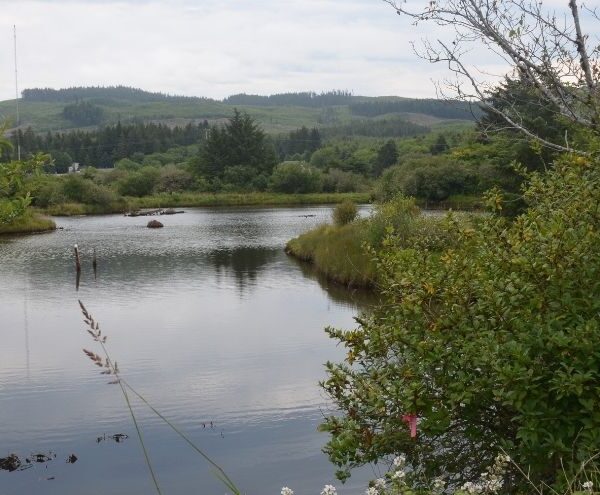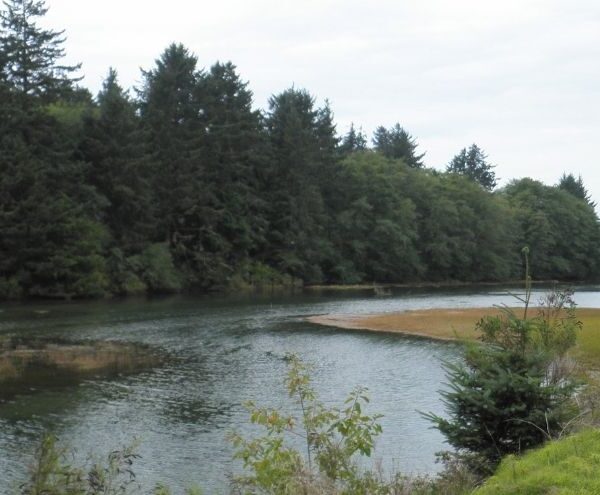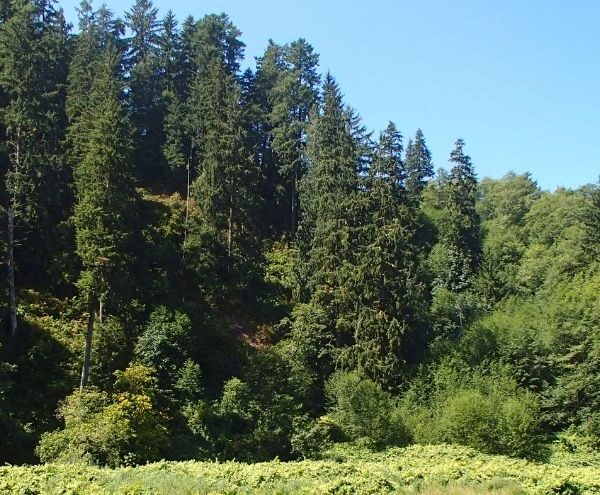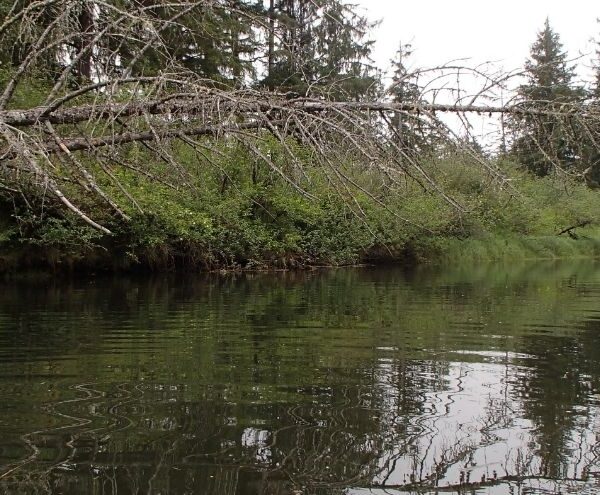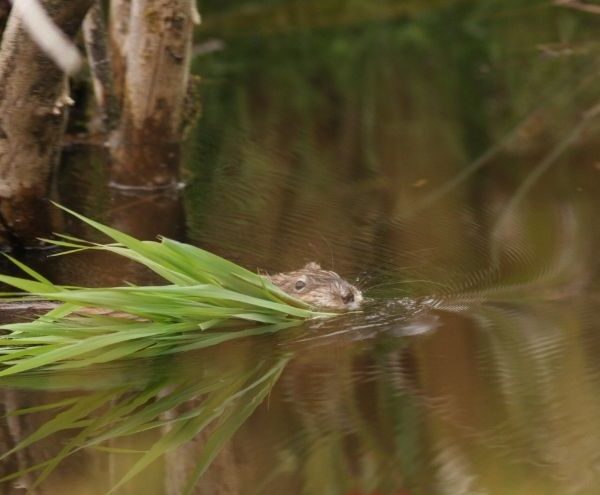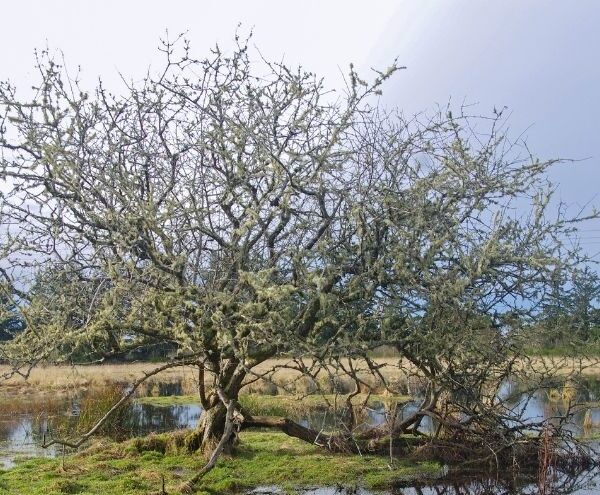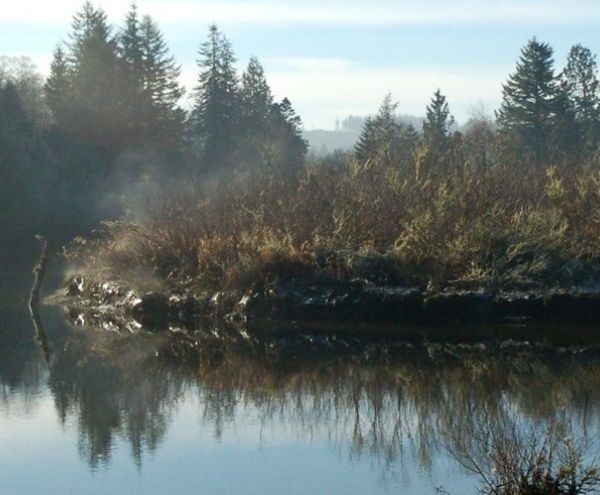
Sand Lake is an unusually pristine estuary, with minimal agricultural or commercial development around it. The freshwater wetlands, saltmarsh, and forests conserved by NCLC host a diverse mix of native plants. Together with adjacent state parks, the reserve is part of a large conservation corridor on the estuary.
Sand Lake, north of Pacific City, is an unusual and unusually pristine estuary. Defined by the sandbar at its mouth, Sand Lake has minimal agricultural or commercial development around it. It hosts a diverse mix of native plants, from the mighty Sitka spruce to the rare Henderson’s checkermallow to carnivorous sundews.
NCLC owns two properties in the Sand Lake estuary. Bradley Bog represents a community of plants that are diminishing across their natural range, and it harbors the northernmost population of insectivorous California pitcher plants. The property is dominated by sphagnum moss and is one of Oregon’s best remaining examples of young dune forest with a densely vegetated coastal wetland. Conifers, including shore pine and western redcedar, are intermixed throughout the property with coastal shrubs including wax myrtle and cascara.
Sand Lake is characterized by intertidal salt marsh, tidal channels, and forested wetlands that connect to a number of stream systems, including 1.5 miles of Sand Creek, which flows from one property into the other. A total of 4.7 miles of salmon-bearing streams have been protected within the habitat reserve. With many young western redcedars now growing in the shadows of the remaining giants, Sand Lake is well on its way to becoming one of the largest cedar swamps in coastal Oregon.
To ensure protection of this pristine estuary, NCLC has worked closely with Oregon Parks and Recreation Department, The Nature Conservancy, Pacific Coast Joint Venture, the US Fish and Wildlife Service, and the Nestucca, Neskowin and Sand Lake Watersheds Council.
It’s a rare place where forest and sea not only meet but blend.
Katie Voelke
